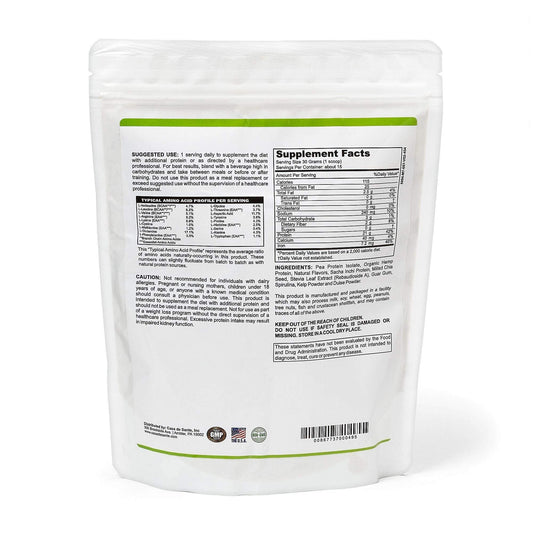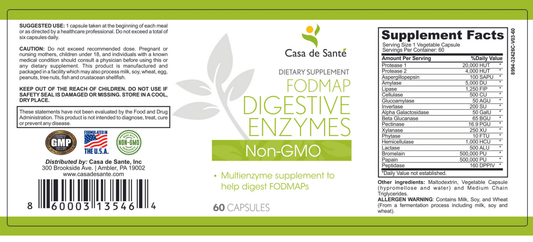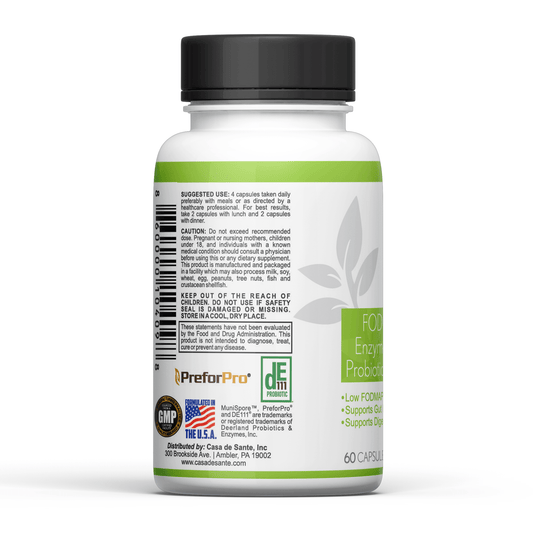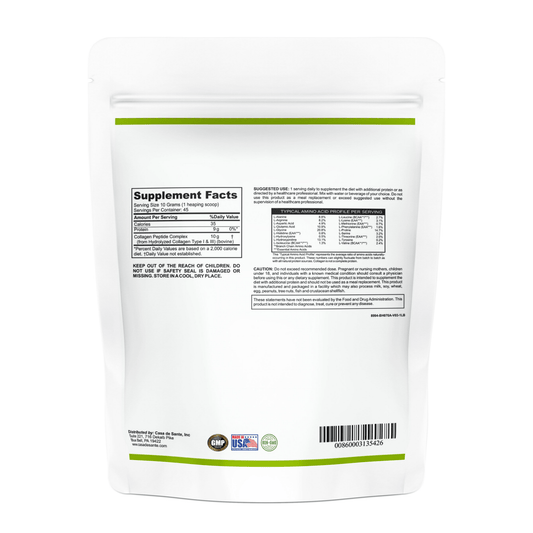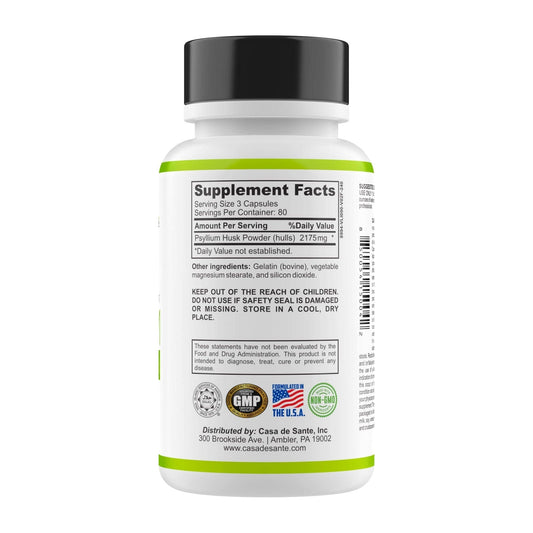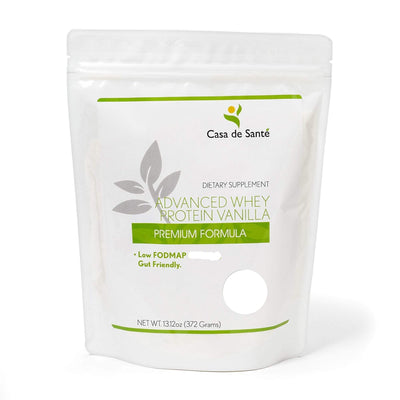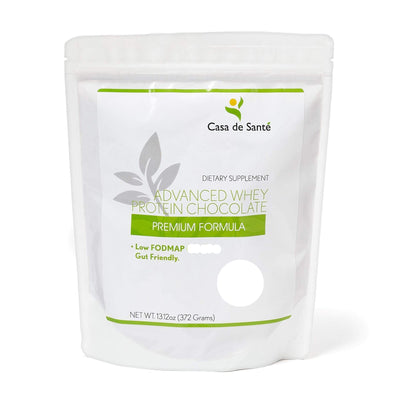Understanding POTS: Navigating Adrenaline Surges at Night for Better Sleep
Living with Postural Orthostatic Tachycardia Syndrome (POTS) can be tough, especially when it comes to sleep. Many people with POTS experience nighttime adrenaline surges that disrupt their rest. This article explores how POTS affects sleep and offers practical tips for managing those adrenaline spikes at night to improve overall sleep quality.
Key Takeaways
- POTS symptoms can make it hard to fall and stay asleep, creating a frustrating cycle.
- Adrenaline surges at night can increase heart rate and disrupt sleep patterns.
- Common sleep problems for POTS patients include insomnia, night sweats, and frequent awakenings.
- Creating a calming bedtime routine can help manage nighttime symptoms.
- Lifestyle changes like diet, exercise, and stress management can improve sleep quality.
The Complex Relationship Between POTS And Sleep

The connection between POTS and sleep is complicated. POTS symptoms can mess with your ability to fall asleep, stay asleep, and get good rest. And, bad sleep can make POTS symptoms worse. It's a cycle that's hard to break.
Understanding POTS Symptoms
POTS, or Postural Orthostatic Tachycardia Syndrome, is a type of dysautonomia. That means it's a problem with your autonomic nervous system. This system controls things like heart rate, blood pressure, and digestion. With POTS, your body has trouble adjusting when you stand up. This leads to a fast heart rate and other issues like dizziness and fatigue. Many people don't realize that POTS can mimic anxiety because of the adrenaline surges.
Impact Of Sleep Quality
Sleep is super important, especially if you have POTS. Good rest helps manage symptoms and keeps your body healthy. But POTS can make it hard to get that good sleep. When you don't sleep well, it can lead to:
- More fatigue
- Trouble thinking clearly
- Mood problems
- A weaker immune system
These issues can make POTS even harder to deal with, making it tough to manage the condition.
The Vicious Cycle Of Sleep Disturbances
It's a tough cycle. Bad sleep makes POTS symptoms worse, and those symptoms then make it harder to sleep. This can lead to more fatigue and brain fog during the day. It can be really frustrating if you're trying to work or go to school while dealing with this. It's important to find ways to break this cycle to improve your overall health.
Does POTS Affect Sleep?

The short answer is a resounding yes. POTS can really mess with your sleep in a bunch of different ways. To get a better handle on how this happens, it's important to look at the physiological changes that occur during sleep, especially in people with POTS.
Physiological Changes During Sleep
Normally, when you sleep, your body goes through some pretty significant changes. Your heart rate slows down, your blood pressure drops, and blood flow shifts around. But for people with POTS, these normal changes can get disrupted. Some might see their heart rate or blood pressure actually increase during the night, which can lead to waking up frequently or just not getting that deep, restful sleep we all need.
Common Sleep Issues
POTS patients often deal with a whole host of sleep problems. Think insomnia, waking up multiple times during the night, and just generally feeling like you haven't slept at all, even after a full night in bed. This can lead to chronic sleep deprivation, which, as you can imagine, has a ripple effect on both your physical and mental health. Dysautonomia refers to disorders affecting the autonomic nervous system, and it can significantly impact sleep quality.
Nighttime Symptoms Of POTS
Nighttime POTS symptoms can be particularly awful. We're talking night sweats, heart palpitations, chest pain, and a general feeling of restlessness. Some people also have vivid or disturbing dreams, which definitely don't help with getting good sleep. And let's not forget the constant need to change positions or get up to use the bathroom, which further messes with sleep patterns.
The thing about poor sleep and POTS is that they can feed off each other. Not getting enough quality sleep can make POTS symptoms worse, leading to even more trouble sleeping. It's a frustrating cycle, and it can be tough to break.
Managing Adrenaline Surges At Night
Identifying Triggers
Pinpointing what sets off your nighttime adrenaline surges is the first step. It could be anything from late-night snacks high in sugar to stress from the day catching up with you. Keeping a sleep diary can be super helpful. Jot down what you ate, what you did before bed, and how you felt. Over time, patterns might emerge, revealing your personal triggers. For example, I realized that watching intense movies before bed almost always guaranteed a surge. Now, I stick to comedies or documentaries.
Understanding Adrenaline Surges
Adrenaline surges are basically your body's fight-or-flight response kicking in at the wrong time. With POTS, this can happen even when there's no real threat. Your nervous system is a bit wonky, and it might misinterpret signals, leading to a sudden release of adrenaline. This can cause your heart to race, make you feel anxious, and generally disrupt your sleep. It's not just a racing heart, though. You might also experience sweating, shaking, and a sense of impending doom. Fun times, right?
Differentiating Between POTS Flare And Adrenaline Surge
Okay, so how do you tell the difference between a regular POTS flare and an adrenaline surge? It can be tricky! A POTS flare often involves a gradual increase in symptoms, especially when you change position (like standing up). An adrenaline surge, on the other hand, tends to come on suddenly, even when you're lying down. Think of it this way:
- POTS Flare: Gradual, often related to positional changes. Symptoms include lightheadedness, fatigue, and increased heart rate upon standing.
- Adrenaline Surge: Sudden, can happen at any time, even when resting. Symptoms include a racing heart, anxiety, sweating, and shaking.
It's important to remember that everyone experiences POTS and adrenaline surges differently. What works for one person might not work for another. The key is to pay attention to your body and learn what your individual triggers and symptoms are. This will help you better manage these episodes and improve your sleep.
Here's a simple table to help you differentiate:
| Feature | POTS Flare | Adrenaline Surge |
|---|---|---|
| Onset | Gradual | Sudden |
| Triggers | Positional changes, prolonged standing | Stress, certain foods, overexertion, nightmares |
| Symptoms | Lightheadedness, fatigue, increased HR upon standing | Racing heart, anxiety, sweating, shaking |
| Duration | Can last for hours or days | Typically shorter, lasting minutes to hours |
If you're still unsure, it's always a good idea to talk to your doctor. They can help you figure out what's going on and develop a plan to manage your symptoms. Consider bedtime routine to help mitigate adrenaline rushes during sleep.
How To Sleep With POTS: Practical Strategies
Alright, so you're dealing with POTS and struggling to get some shut-eye? You're not alone. It's a common issue, but thankfully, there are things you can do to make it better. Let's dive into some practical strategies that might just help you get a decent night's sleep.
Optimizing The Sleep Environment
First things first, think about your bedroom. Is it a sleep sanctuary, or more like a chaotic mess? Your sleep environment plays a huge role in how well you sleep. Make sure it's dark, quiet, and cool. Blackout curtains can be a game-changer if you're sensitive to light. A white noise machine or fan can help drown out distracting sounds. And keep the temperature on the cooler side – overheating can definitely mess with your POTS symptoms.
Establishing A Bedtime Routine
Consistency is key. Try to go to bed and wake up around the same time every day, even on weekends. This helps regulate your body's natural sleep-wake cycle. A relaxing bedtime routine can also signal to your body that it's time to wind down. Here are some ideas:
- Take a warm bath or shower.
- Read a book (a real one, not on a screen!).
- Listen to calming music.
- Do some gentle stretching.
Creating a consistent bedtime routine is like sending a message to your brain that it's time to power down. It might take a little while to get into the habit, but it can make a big difference in the long run.
Relaxation Techniques Before Sleep
Adrenaline surges keeping you up? Time to fight back with some relaxation techniques. Deep breathing exercises can help calm your nervous system. Meditation or mindfulness can also be super helpful for reducing stress and anxiety. There are tons of apps and online resources that can guide you through these practices. Find what works best for you and make it a part of your nightly routine.
Here's a simple breathing exercise to try:
- Close your eyes and focus on your breath.
- Inhale slowly and deeply through your nose, counting to four.
- Hold your breath for a count of two.
- Exhale slowly through your mouth, counting to six.
- Repeat for several minutes.
Lifestyle Modifications To Improve Sleep With POTS
It's not just about what you do right before bed; your daily habits play a huge role in how well you sleep when you have POTS. Let's look at some changes you can make throughout the day to improve your nighttime rest.
Dietary Considerations
What you eat and drink can really mess with your sleep, especially with POTS. Try to avoid big meals close to bedtime.
- Limit caffeine intake, especially in the afternoon and evening.
- Reduce alcohol consumption, as it can disrupt sleep later in the night.
- Consider a small, protein-rich snack before bed to help stabilize blood sugar levels. Some people find this helpful, but it's not a one-size-fits-all solution.
It's worth keeping a food diary to see if there are any specific foods that trigger your POTS symptoms or affect your sleep. Everyone's different, so what works for one person might not work for another.
Exercise Recommendations
Exercise can be tricky with POTS, but it's important for overall health and can improve sleep. The key is to find the right balance and avoid overdoing it. Gradual, recumbent exercises like swimming or recumbent biking can be a good starting point.
- Avoid vigorous exercise close to bedtime, as it can be stimulating.
- Start slowly and gradually increase the intensity and duration of your workouts.
- Listen to your body and stop if you start to feel dizzy or lightheaded.
Stress Management Techniques
Stress can really mess with POTS symptoms and make it hard to sleep. Finding ways to manage stress is super important. Stress can exacerbate symptoms and interfere with sleep.
- Try mindfulness meditation or deep breathing exercises.
- Consider gentle yoga or tai chi.
- Keep a journal to process thoughts and concerns before bed. This can help quiet your mind and improve sleep quality. It's like a brain dump before bed!
Medical Interventions And Treatments
Medication Timing And Effects
Getting the timing right with medications can be a game-changer. It's not just what you take, but when you take it. For example, some people find that taking certain medications a few hours before bed helps prevent those nighttime adrenaline surges. Others might need to split doses to maintain a steady level throughout the day and night. It's all about figuring out what works best for your body's unique rhythm. Keep a detailed log of when you take your meds and how they affect your sleep. This can be super helpful for your doctor.
Consulting Healthcare Providers
Don't be afraid to seek out specialists who really understand POTS. A cardiologist, neurologist, or even an endocrinologist can offer different perspectives and treatment options. It's also okay to get a second opinion if you feel like your current doctor isn't fully addressing your concerns. Finding a healthcare provider who listens and is willing to work with you is key. Remember, you're the expert on your own body, so advocate for yourself!
Potential Therapies For Better Sleep
Beyond medication, there are other therapies that might help improve sleep. Some people find relief with IV saline infusions, especially if they struggle with low blood volume. Others benefit from cognitive behavioral therapy (CBT) for insomnia, which can help address the thought patterns and behaviors that contribute to sleep problems. increase fluid intake Gut health is also increasingly recognized as playing a role in POTS symptoms, so addressing nutritional deficiencies and limiting sugar might be beneficial. It's all about exploring different options and finding what works for you.
It's important to remember that everyone's experience with POTS is different. What works for one person might not work for another. Be patient with yourself, and don't give up on finding solutions that improve your sleep and overall quality of life.
Here are some potential therapies to discuss with your doctor:
- IV saline infusions
- Cognitive Behavioral Therapy for Insomnia (CBT-I)
- Gut microbiome support
- Medication adjustments
Positioning Techniques For Better Sleep
Elevating The Head Of The Bed
Elevating the head of the bed is a simple yet effective strategy for many with POTS. This helps reduce blood pooling in the lower body, which can minimize nighttime symptoms. Try raising the head of your bed by 4-6 inches. You can achieve this by using bed risers or placing a wedge pillow under your mattress. It's a game changer for some people, making a real difference in how they feel when they wake up.
Using Supportive Pillows
Pillows aren't just for your head! Strategic pillow placement can provide extra support and comfort. Consider these options:
- A pillow between your knees if you sleep on your side to align your hips.
- A pillow under your lower back if you sleep on your back to maintain the natural curve of your spine.
- A body pillow for overall support and to prevent rolling onto your stomach, which can sometimes worsen symptoms. For individuals with hypermobility, sleeping on the side in a fetal position with a pillow between the knees can stabilize the hips and alleviate lower back pressure.
Finding Comfortable Sleeping Positions
Experimenting with different sleeping positions is key to finding what works best for you. There's no one-size-fits-all solution, so listen to your body and adjust as needed. Some people find relief sleeping on their back with a slight incline, while others prefer sleeping on their side.
It's all about finding what minimizes your symptoms and allows you to get the most restful sleep possible. Don't be afraid to try different things and see what makes a difference for you. It might take some time, but it's worth it in the end.
Wrapping It Up
In conclusion, dealing with POTS and its nighttime adrenaline surges can be a real struggle. It’s not just about feeling tired; it’s about how these symptoms mess with your daily life. Finding ways to improve sleep is key. Whether it’s adjusting your sleep space, sticking to a bedtime routine, or trying out some relaxation techniques, every little bit helps. Remember, you’re not alone in this. Many people are facing similar challenges, and sharing tips or experiences can make a difference. So, keep experimenting with what works for you, and don’t hesitate to reach out for support when you need it.
Frequently Asked Questions
What is POTS and how does it affect sleep?
POTS stands for Postural Orthostatic Tachycardia Syndrome. It can make it hard to sleep because it causes symptoms like a racing heart and restlessness, especially when lying down.
Why do people with POTS experience adrenaline surges at night?
Adrenaline surges can happen at night for people with POTS due to their nervous system being out of balance. This can cause feelings of anxiety and make it hard to relax.
What are common sleep problems for those with POTS?
People with POTS often struggle with insomnia, waking up frequently during the night, and feeling tired even after sleeping.
How can I improve my sleep if I have POTS?
You can improve sleep by creating a calm sleeping space, sticking to a bedtime routine, and trying relaxation exercises before bed.
What lifestyle changes can help with POTS symptoms?
Eating smaller meals, staying hydrated, and doing gentle exercises can help manage POTS symptoms and improve sleep.
Are there medical treatments for sleep issues related to POTS?
Yes, talking to a doctor about medication timing and possible therapies can help manage sleep problems linked to POTS.


